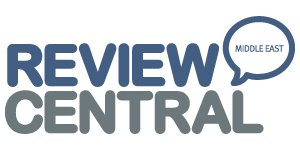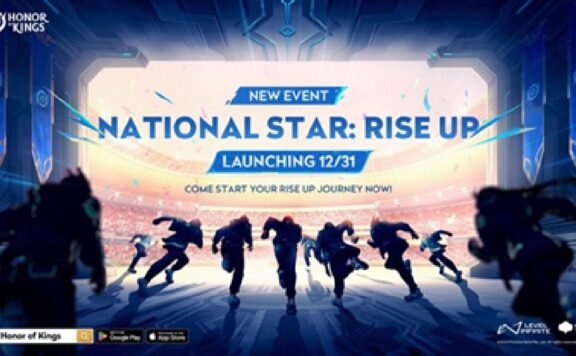Telecommunications and Digital Government Regulatory Authority (TDRA) launched the UAE Design System 2.0 (DLS 2.0) for Federal Government Websites (https://designsystem.gov.ae) with the support of the Higher Committee for Government Digital Transformation. The system aims to enhance customer access to information and services by offering user-friendly designs that align with customer preferences and incorporate the latest advancements in the field.
H.E. Ohood bint Khalfan Al Roumi, Minister of State for Government Development and the Future, and Chairwoman of the Higher Committee for Government Digital Transformation, said: “The UAE Design System 2.0 contributes to achieving a forward ecosystem in line with the goals of “We the UAE 2031” vision, by adopting the concepts of dynamism, agility, and future foresight. This system captures the finest global practices in website design and information architecture. Tailored to local nuances, it marks the inception of a new era in the federal government’s digital presence. By improving customer experiences and enhancing their happiness, the system enhances the UAE’s global leadership across pertinent indicators.”
H.E. Eng. Majed Sultan Al Mesmar, TDRA Director General, said: “Streamlining efforts and coordinating actions among government entities stand as main drivers of digital transformation success in the UAE. Within this framework emerges DLS 2.0, anchored in the principle of customer-centricity. By prioritizing user needs, the system aims to streamline navigation and enhance accessibility to vital information and services on government websites.
In developing this system, we have leveraged insights from cutting-edge global expertise, as well as feedback from customers and visitors to government websites garnered through digital participation. Additionally, we analyzed user behaviour during website visits in search of information and services. The culmination of these efforts has resulted in a comprehensive vision for government entities to consider when redesigning their websites, aimed at delivering a distinctive user experience.”
H.E. Eng. Mohammad Al Zarooni, TDRA Deputy Director General for the Information and Digital Government Sector, said: “The system rests on two fundamental pillars: simplicity and creativity. It prioritizes ease of use and seamless access to necessary information and services, alongside adaptability and flexibility principles. Its goal is to foster a cohesive digital experience across ministries, federal entities, and initiatives, enhancing user satisfaction. Furthermore, it seeks to provide a tool for reusing components and designs, facilitating quicker solution development that aligns with current and future needs.”
After its launch, DLS 2.0 was promptly available, and it was adopted by several government entities, including the Ministry of Energy and Infrastructure, General Authority of Islamic Affairs and Endowments, Ministry of Health and Prevention, Emirates Health Services, Ministry of Education, Zakat Fund, Telecommunications and Digital Government Regulatory Authority, and Federal Authority for Government Human Resources. Furthermore, the DLS 2.0 is open to use by semi-governmental entities and other government departments at the national level. Additionally, it is accessible to anyone aiming to adhere to the industry’s best practices in website development.
Implementing the new system across government entities would significantly enhance government efficiency. By offering reusable components for developing government websites, it streamlines the design process, leading to time and cost savings. Moreover, this streamlined approach not only reduces design costs but also saves customer time, aligning with the principle of zero government bureaucracy. Additionally, the system fosters transparency and community participation through digital channels. With a user-friendly interface, it encourages customers to engage more actively in improving government services.
One key advantage of the system is its ability to ensure a consistent visual identity based on the UAE federal brand, thereby instilling confidence among customers. Additionally, the system’s adaptability to evolving design trends and emerging technologies mitigates the risk of obsolescence and minimizes the necessity for rebuilding websites from the ground up.
Alongside its alignment with best global practices and local requirements, the system adheres to the guidelines of the World Wide Web Consortium, particularly the digital accessibility standards denoted by AA (WCAG 2.2).






